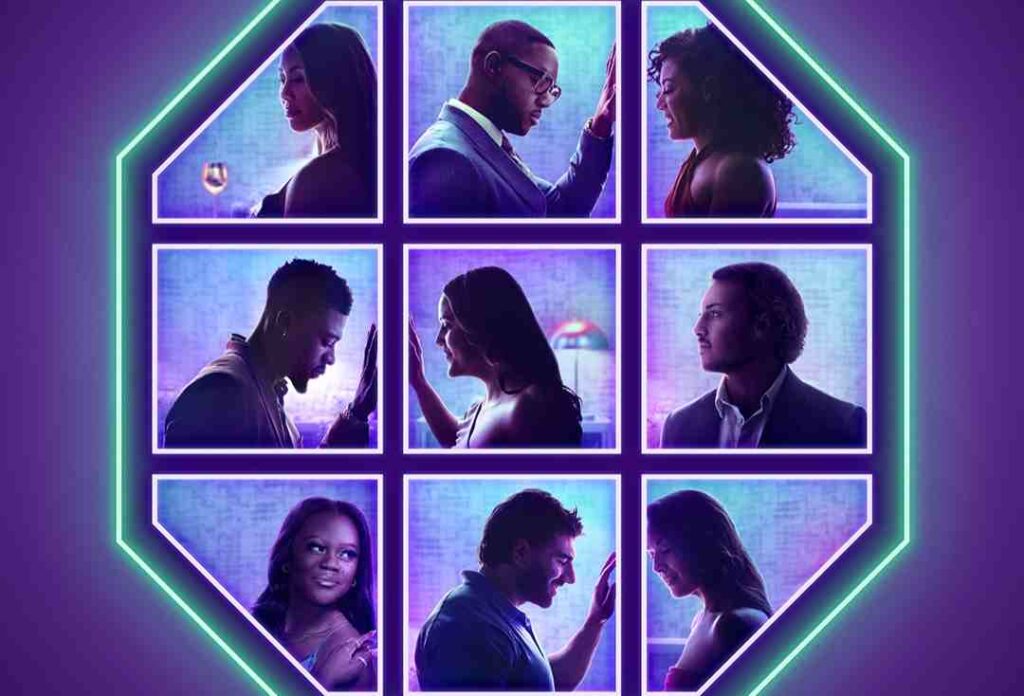Love Is Blind goes beyond mere entertainment, shedding light on broader social expectations of romance.

Love Is Blind, a dating show that took reality TV by storm, has gained significant traction due to its unique format. Participants engage in speed dating within individual pods before laying eyes on each other, contributing to the show’s surprising conservatism despite its late entry into the reality TV life cycle. Since its inception in 2018, only eight couples out of 23 from five US seasons have managed to sustain their marriages.
Also Read:- Amy Schumer’s Comedy Comeback: From Historic Beginnings to Show-Stopping Moments on The Tonight Show
The show’s introduction to the US audience in February 2020 coincided with the onset of the pandemic, contributing to its rapid success. Netflix reported that, within four weeks of the premiere, approximately 30 million households had tuned in, making it a standout among unscripted dramas. Notably, only three shows surpassed its popularity in 2022 on the streaming platform – Ozark, Stranger Things, and Cocomelon.
In 2024, the Swedish version emerges, offering a glimpse into the post-pandemic dating landscape. Despite Sweden’s distinct approach to the pandemic – avoiding strict lockdowns – the nation is portrayed as facing challenges in the dating arena. Statistics reveal a prevalence of single-occupancy households without children, sparking questions about the dating dynamics in the country.
Love Is Blind goes beyond mere entertainment, shedding light on broader social expectations of romance. A stark contrast is drawn between the enthusiastic self-maximization and contagious energy of US participants and the sincerity and poetic pragmatism of their Swedish counterparts. The show illustrates how shared interests play a crucial role in successful relationships, with couples like Milton and Lydia forming unique connections over microscopic details and favorite rocks.
The intricacies of dating in Sweden and the US, emphasizing cultural disparities in communication, motivation, and bonding over shared interests. It draws attention to the openness and specificity about sex in the US version, juxtaposed with the reserved, almost Victorian, approach in the Swedish rendition.
Also Read:- Jon Stewart’s Epic Return to The Daily Show: Laughter, Reflection, and Surprise Guests Await
Notable is the critique of Love Is Blind: Brazil for its perceived sexism, where men celebrate sexual encounters with balcony howls, creating a stark contrast between supposedly awesome women and perceived disgusting behavior from men. The emotional complexities in the Swedish version are explored, showcasing the challenges of navigating open feelings in a society that values reserve.
The show is criticized for its intense heteronormativity and the demand for fairytale certainty, drawing parallels with 1930s films or Nevil Shute novels. Despite being set in the 2020s, Love Is Blind grapples with conflicting decisions about sex and physicality, offering insights into wider social expectations and societal norms.
The upcoming Love Is Blind: UK is eagerly anticipated as a mirror reflecting the UK’s dating landscape. There are expectations that the show will provide a platform for societal critique, allowing viewers to weigh in on the pursuit of romance by a group of individuals navigating the complexities of love in the 21st century.
